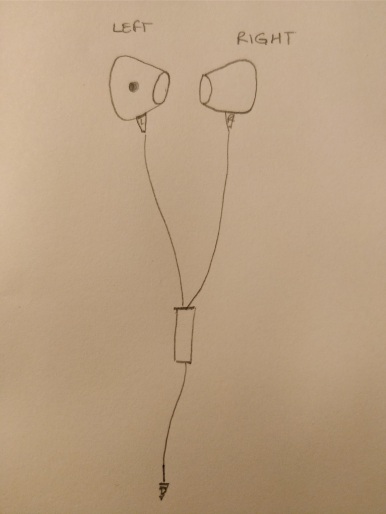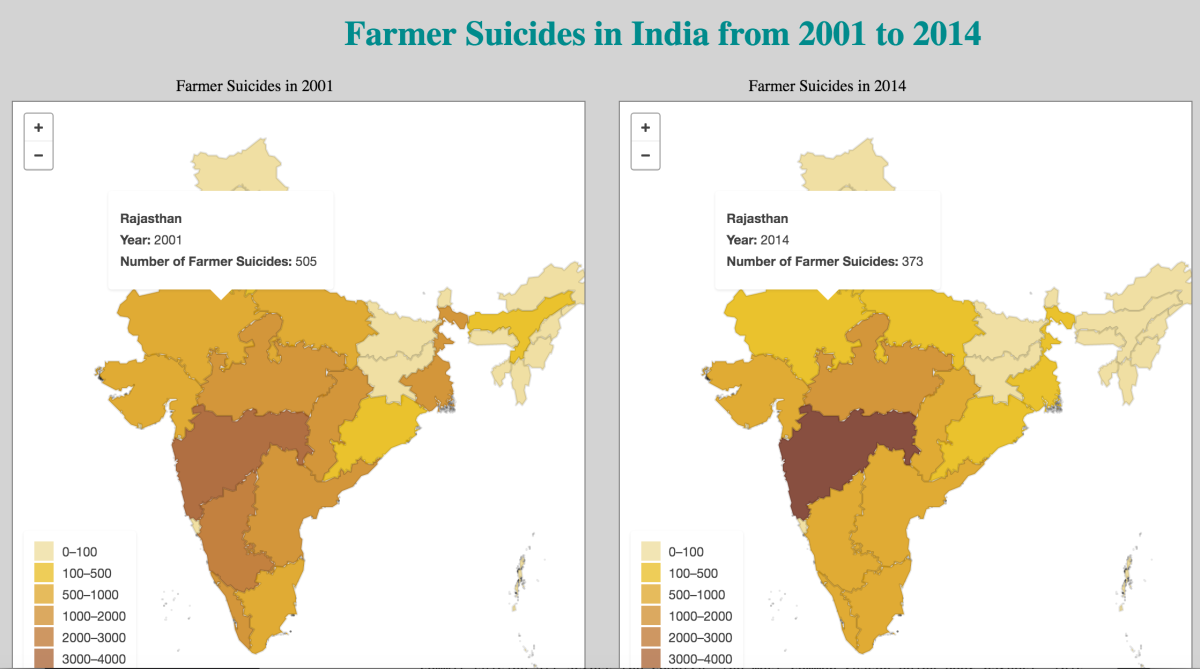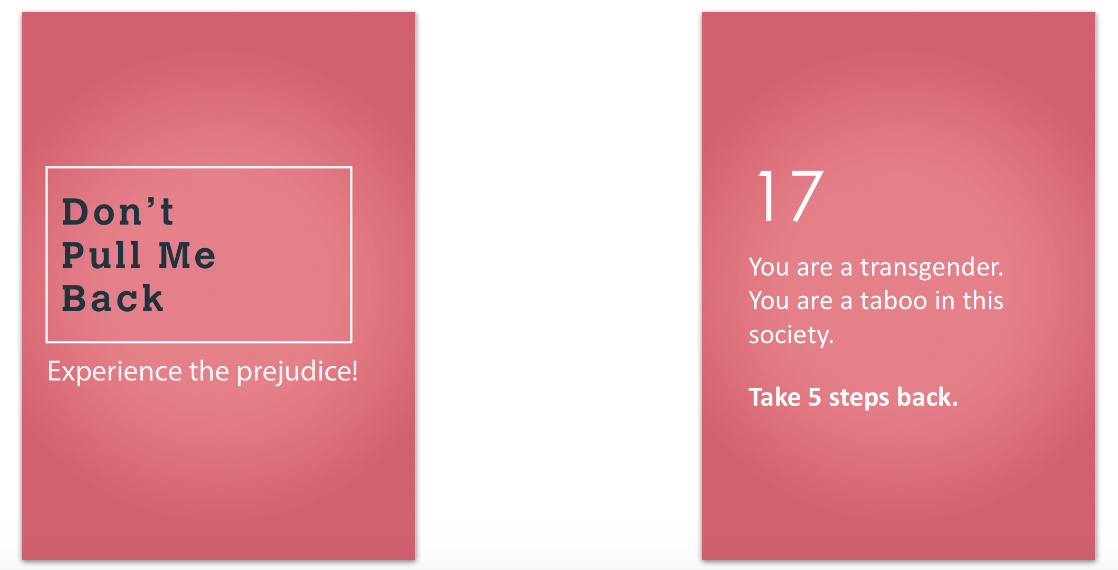For the holiday season this time, I gifted my brother Google Home Mini. He uses the Google Now results very often to gauge traffic, weather and keep track of his calendar, so it made a sensible gift for him. Google, being Google, had added its own playfulness to this device. One such instance was the option to play family trivia. Very excitedly we divided ourselves into teams and settled down to play the quiz with Google being our quizmaster. While we were in the middle of the game, my father received a phone call which needed us to stop the game. This is where the experience which we were loving until that point, went downhill and very fast. It took us ten minutes of pleading/ yelling at Google to stop the game until my nephew stood up and unplugged the device.
It is then that I realized how important it is for experiences to be deferential to the user. The navigation flow should allow the user to exit the system whenever the user wishes so that the user doesn’t feel trapped. Consider your smartphone, it always has a back arrow in the bottom navigation bar, should you feel like exiting the application. Similarly, in your desktop, the website has a top-bar which allows you to navigate within that system and so does the browser, for cases when the website stops responding to your command. So, there exist two options for navigation – one within the application you are using and one in the operating system. If we apply similar concepts to voice commands, the Google home should have a navigation system of its own and so should the Family trivia game. Google has done a good job of making the user understand that ‘Hey Google’ is a ‘keyword’ (as defined for coding languages). These words when used together will always mean that you want to invoke a certain response from the system. We should extend this list to include ‘breakwords’: phrases such as ‘terminate now’ which can be used to stop the current action.
This is one of the first steps in navigation for voice user experience and there are many more aspects to consider, such as jumping between applications, to make the experience equivalent to current digital experiences, if not better.












